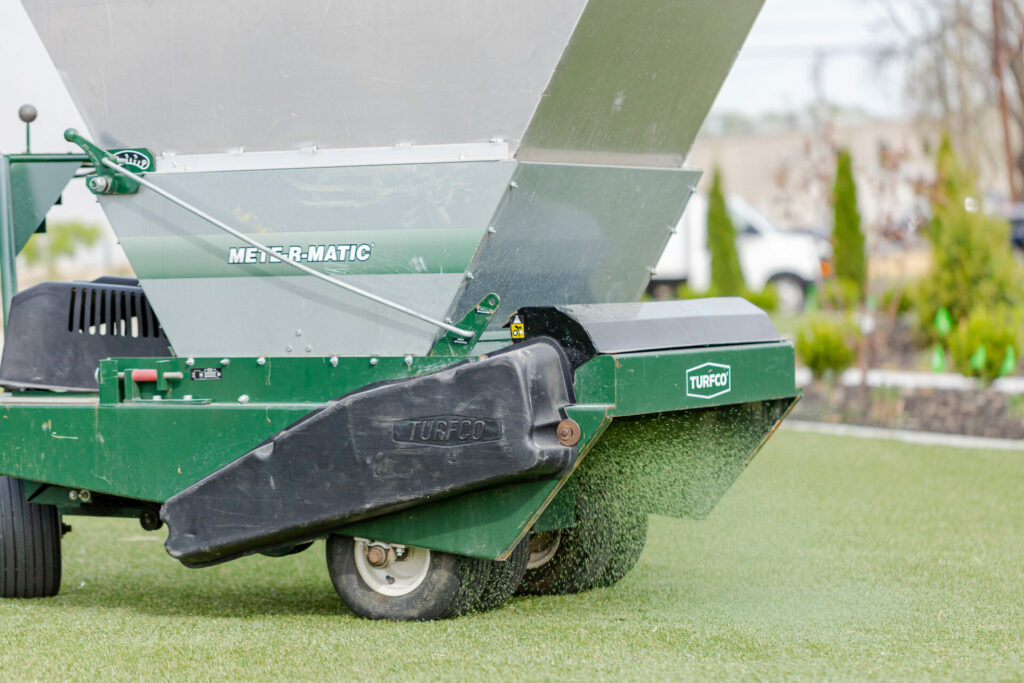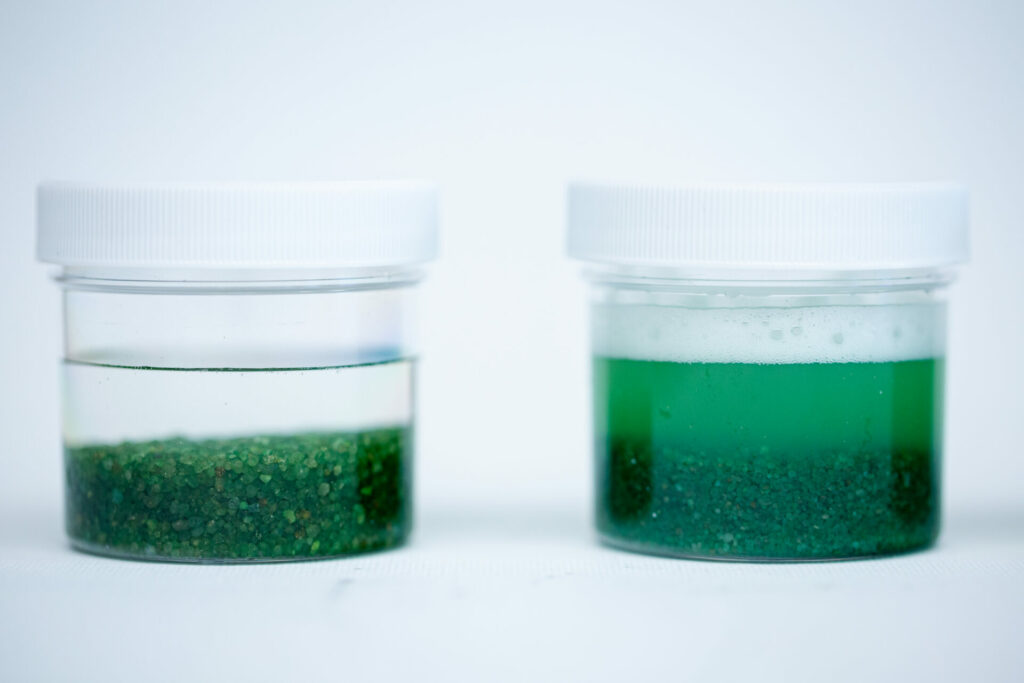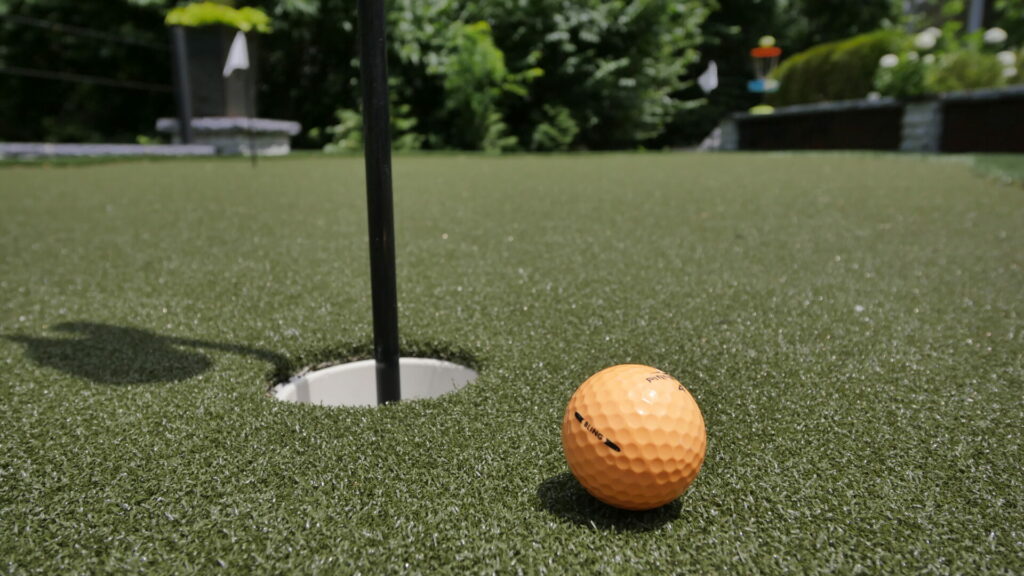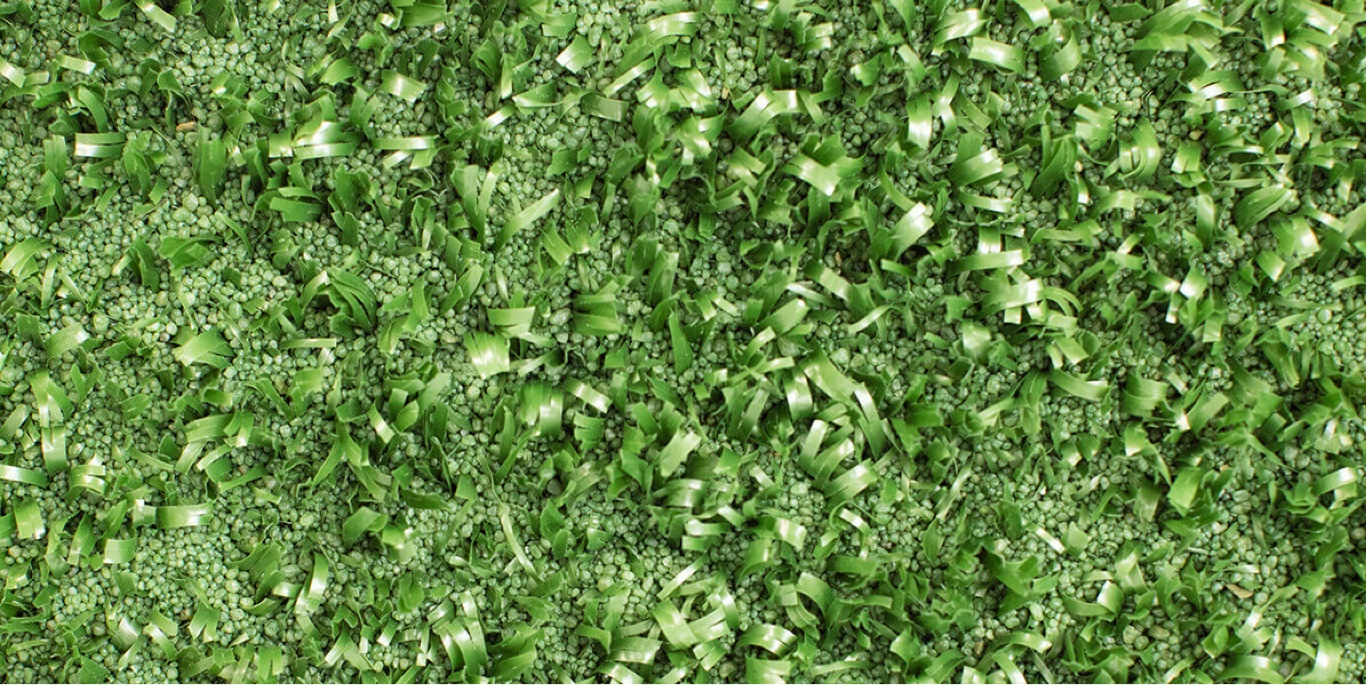
Infill Landscape Blog
Subscribe To Email Updates
Subscribe to our weekly newsletter and we’ll send updates straight to your inbox
How to Clean Envirofill
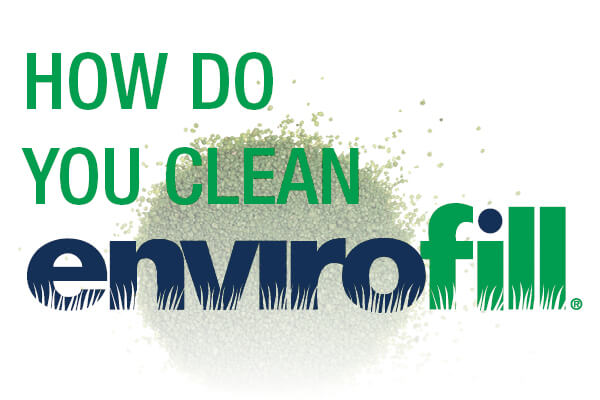
Envirofill is unique in that it has an industry-leading, durable, coating also known by its scientific name, poly methyl methacrylate (PMMA). PMMA is a synthetic resin often used as a substitute for glass. It forms a transparent and rigid plastic, often used in products such as skylights, aircraft canopies, commercial aquariums and shatterproof windows, items known to have extremely high durability. Most people are familiar with the common trade name, Plexiglas®. Using a coating ensures Envirofill will hold up in wet, dry, hot, and cold environments. Embedded within that coating is the anti-microbial technology, Microban.
We are often asked if Envirofill needs to be cleaned, and if so how to do it. Sure, Envirofill contains Microban embedded into the coating, however Microban is not a substitute for routine cleaning. That baby changing table in the mall bathroom contains Microban, however that doesn’t mean it goes without regular cleaning. Same goes for your polyester workout shirt which has Microban embedded into the fibers – it still needs to be washed regularly. Having Microban built-in helps keep these articles cleaner between regular cleanings.
Acrylics in general can last a very long time with minimal care and maintenance. Acrylics are stable when exposed to the elements, so they work well in varying climates. When it comes to cleaning Envirofill, there are a few suggestions we offer. Avoid heavy concentrated acids and bases. Fortunately, most common household cleaners are diluted to a point that this should not be a concern. We suggest avoiding window cleaners, ammonia products, ketones, halogens, aromatics and solvents (such as acetone, thinners, gasoline, etc) as these can eat through the acrylic surface over time. In many cases a mixture of warm water, with a mild biodegradable dish soap or vinegar will work wonders. Spraying the mixture across the turf surface and lightly brushing across the surface with a broom will help spread the mixture. Rinsing with water will allow the cleaning mixture to drain through the system without causing harm to the environment around you (https://www.npr.org/templates/story/story.php?storyId=127999735).
Enzyme cleaners have become a popular cleaning solution for synthetic turf. Enzymes are biological compounds that help speed up chemical reactions and act upon specific substrates. Enzymes are typically non-toxic and biodegradable. Using an enzyme cleaner in conjunction with Envirofill will help enhance the breakdown of bacteria within the system. Microban is expected to keep the microbial population down which allows enzyme cleaners to be more effective against a lower microbial population.
So, while synthetic turf will help reduce the time and money requirements for regular lawn maintenance, it will likely still require a little TLC. By properly cleaning and maintaining your turf and infill, you will ensure longevity and durability of your turf system for years to come.
Similar Blogs
